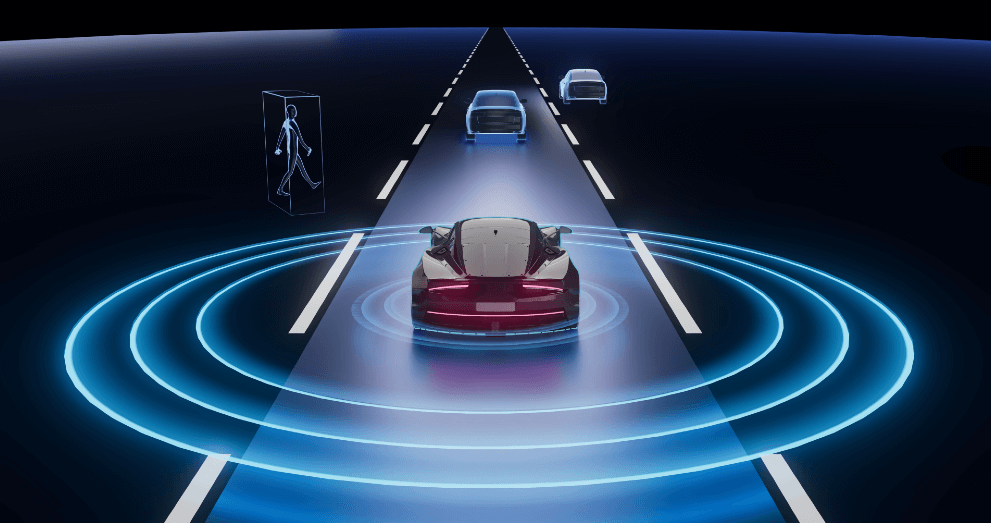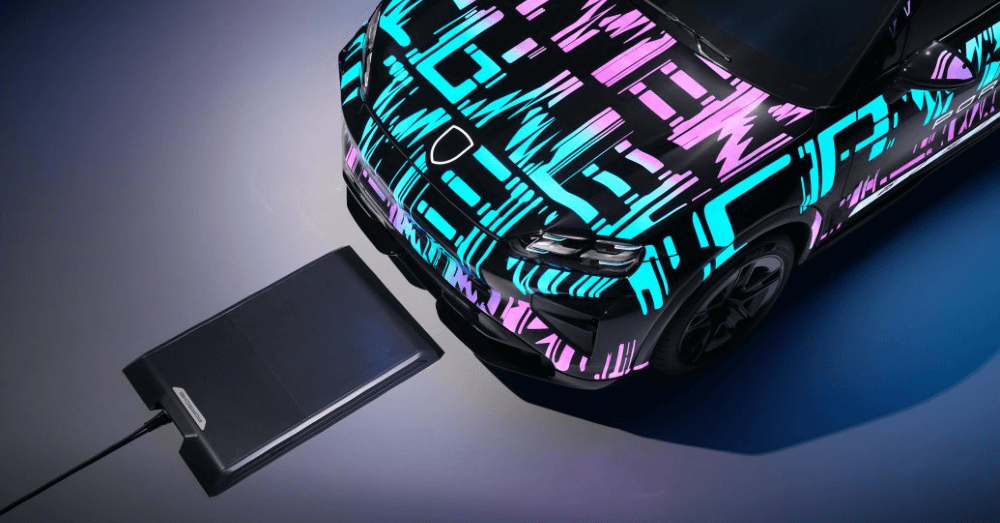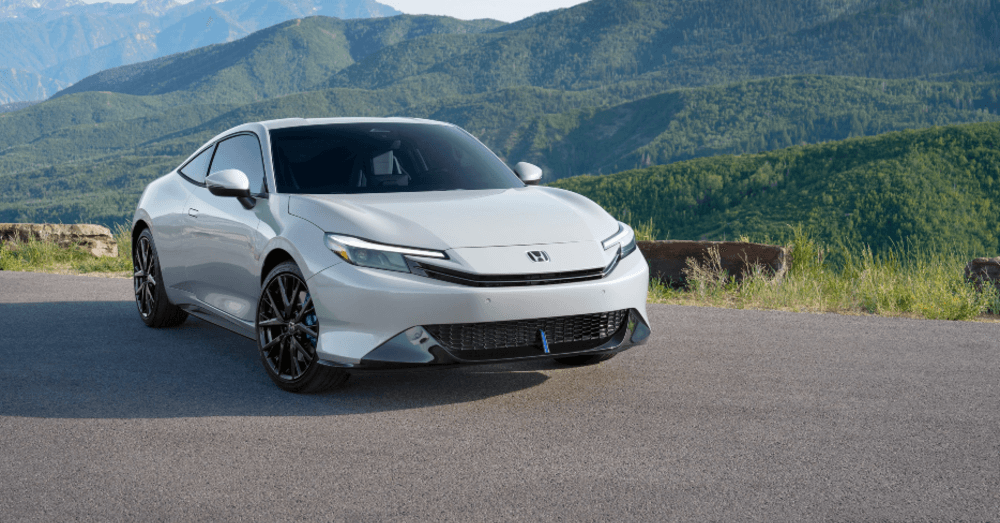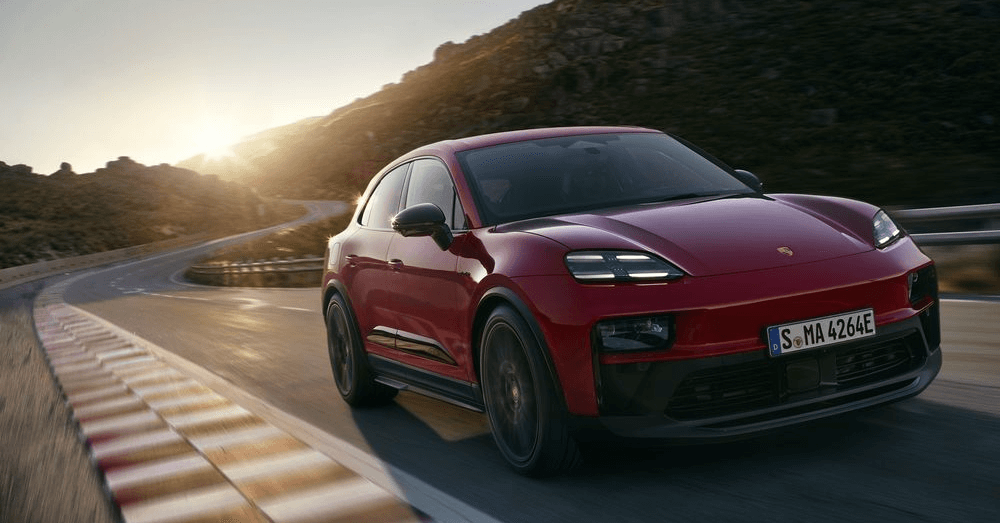Demystifying Modern Safety Features: Which Ones Actually Save Lives?

Are modern vehicle safety features capable of saving your life or only available to provide you with alerts to potential issues on the road?
Car safety has come a long way. There was a time when automotive safety wasn’t important to any automaker, but now we have more alerts and warnings than ever before. The seatbelt was first installed in Volvo vehicles as the primary safety device. It is still the most important safety item in your car, but other features are now offered to help keep you safe.
Here are a few modern safety features that can help save your life or the lives of other drivers around you.
Crash Detection
Vehicle collisions have risen in the past few years despite added advanced safety features. If you’re in an accident and you’re injured, time is crucial to save your life. Ford introduced an Automatic Crash Notification System for vehicles with Bluetooth and smartphone integration. The system automatically notifies emergency services if an accident occurs that causes the airbags to deploy. This time, called the “Golden Hour,” is crucial to save your life.
Drowsiness Detection
Drivers can often push themselves beyond safety limits while behind the wheel. You shouldn’t drive for too long, especially when you aren’t a professional driver, but many of us do. One of the most important modern safety features is the drowsiness detection system. This system uses in-car cameras that assess the alertness of the driver by monitoring their eye movements. If the vehicle detects a drowsy driver, the vehicle alerts the driver, but further non-responsiveness results in the vehicle intervening and pulling the car to a stop on the side of the road.
Lane Assist
Many drivers are distracted while behind the wheel. It was difficult enough to drive while people put on makeup, ate, read, drank, or corrected children, but now we also have smartphones and modern electronics in our vehicles. The lane assist feature in your modern vehicle is meant to reduce the chance of accidents caused by the vehicle drifting lanes. These systems use cameras or sensors to detect where the road markings are located and alert you when you are in danger of crossing the lane without signaling.
Anti-Collision Warning System
This is one of the most useful modern safety features. An Anti-Collision Warning System determines the distance between your vehicle and the one in front and detects if you might be too close and potentially in danger of a collision. The vehicle displays a warning and, in some cases, will initiate the brakes. The vehicle has a much faster reaction time than a human, which means this feature really could be a lifesaver and slow or stop the vehicle before the driver can react.
Dashboard Warning Lights
The warning lights on your dashboard are color-coded in terms of severity and indicate whether the car is safe to drive. These lights help you understand what you should do with your vehicle and whether or not it should be driven. As you would expect, red lights are the most serious and indicate there’s a serious problem with your vehicle. If you drive with red warning lights on, you’re putting yourself and others at risk on the road, and you should pull over immediately to resolve the issue.
Traffic Jam Assist
This feature works much like adaptive cruise control. When you’re in a low-speed traffic jam, the potential for a collision is much higher, but not necessarily the risk of injury. Traffic Jam Assist is one of the modern safety features that can keep you out of trouble, but it’s not actually a life-saving safety feature. Still, this system will keep you from accidents that can happen when you’re stuck in heavy traffic, often associated with other vehicles that have already been in accidents.
Blind Spot Camera System
Many modern vehicles have blind-spot monitoring, which flashes a light or audio signal when other vehicles are located in your blind area. Some newer models have a camera system that displays the adjacent lane on your dashboard screen to show you what’s in that lane. This camera feed is an advanced form of the monitoring system but could become problematic because it requires you to look at the dashboard screen while making a lane change. Both types of blind-spot alert and monitoring help keep you safer on the road.
These modern car safety features help keep you out of trouble and safer on the road. With the increased number of drivers and distractions, it’s important to have features that keep you safe and out of trouble.
This post may contain affiliate links. If you buy products through these links, we may receive a commission, at no additional cost to you.






